Text

Marwan talking about his friendship with Luca in a new interview! (x)
713 notes
·
View notes
Text


Joe & Nicky in The Old Guard 2 trailer
2K notes
·
View notes
Photo
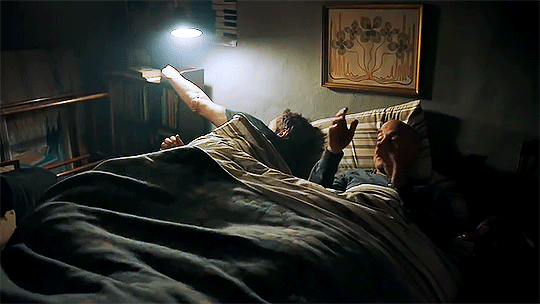
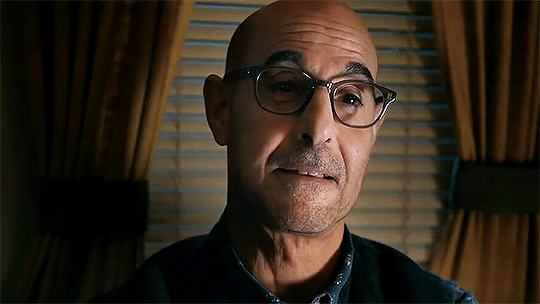
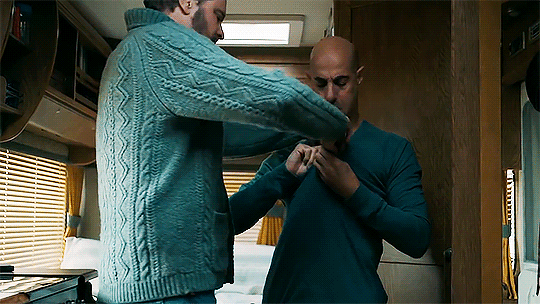
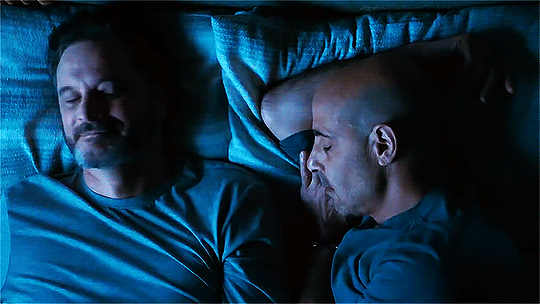
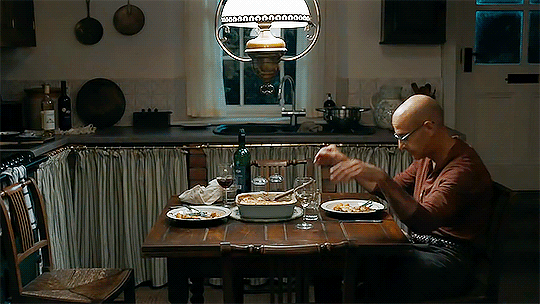
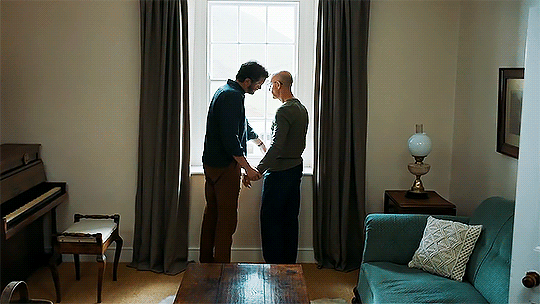
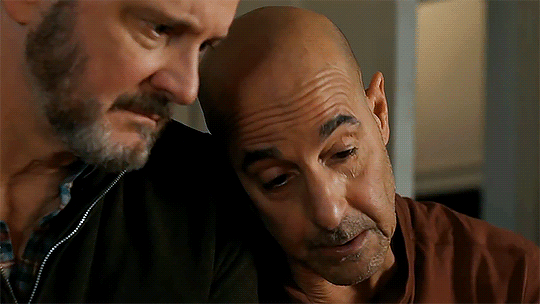


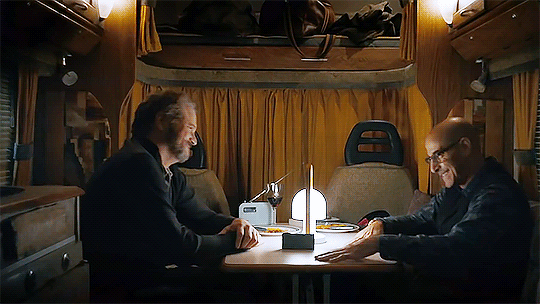
SUPERNOVA (2020) | dir. Harry Macqueen
#saw this yesterday#fell to the ground crying screaming throwing up#supernova (2020)#stanley tucci#colin firth
6K notes
·
View notes
Text
Collectivity and individuality in the ensemble of Les Misérables
Last year I wrote my bachelor's thesis about ensembles in musicals and in Les Mis in particular, so I thought it would be fun to post something about the conclusion of my research for this year's barricade day. I am currently writing another thesis (also related to Les Mis lmao), so I did not have the time to reformat it or anything, but I think my original conclusion of the case study + part of the conclusion of the thesis together make my point pretty well either way. I hope y'all find it as interesting to read as I found to research it!
The ensemble in Les Misérables constantly shifts between being seen as one, unified group and as a collection of individuals. As a group, they embody the collective voice of the miserable people of France, in the form of beggars and workers. They shift between groups as well, which are distinguishable by costumes and music. As a group, the ensemble is a lens for the audience to watch the action through. In this way, they are in charge of the focus and the pace of the narrative. They can isolate or embrace characters from their community, and they can grant authority to people. In contrast to their functioning as a group, the ensemble can also be seen as individuals. From the way that they have been written into the story, some ensemble characters have more space to express their individuality, while other parts are less set, giving more freedom to the performers to make their own characterisation. This freedom of interpretation is not guaranteed for big, corporate musicals. Other musicals are more strict in the way new actors perform the same roles. Within Les Misérables, individualisation comes from both the space that is made in the script and the freedom that actors get to interpret their own roles. Performers can take inspiration from Hugo’s novel too, which has the added benefit of certain audience members recognising the characters on stage, making it easier for them to be seen as individuals. This is less applicable for the women of the ensemble, as their parts generally do not have a counterpart in the book, which does give them more freedom over their own characterisation. While there is a lot of space for individualisation in the show, there is also a feeling of community among the cast. This is helped by most principal cast members having ensemble parts, making the performers feel that they are telling a story together, as one group.
Les Misérables has themes that relate to love, faith and sacrifice in particular, although the ensemble is mostly related to another theme, namely that of social injustice. This theme is prevalent throughout the narrative and affects all characters in one way or another, but it is the ensemble that really embodies it. They are themselves “the miserables.” They are both the people who fight against social injustice, in the form of the students, and the people who they are fighting for, as the poor, the convicts, the factory workers, and so on. While the principal characters represent the individual stories of people undergoing these hardships, the ensemble makes it clear that these are not isolated stories, only the stories that this particular narrative is focussing on. Having the ensemble be both a collective of miserable people, and having them be individuals in their own right, shows that there are numerous people who suffer under the same system and that they are worth fighting for. These are the people who Enjolras wanted to see rise, but also the people who did not join him in the end. While it is disappointing in the moment that the people do not rise, the audience has seen how difficult the actual individual people’s lives are. In “At the End of the Day” the factory workers have already made clear that “the children have got to be fed.” Still, the students show the audience that there are people who will fight for a better tomorrow, for all these faceless people who are actually not that faceless anymore. At the same time, it is a call to action for the audience, to “join in the fight that will give you the right to be free.” That is what gives the audience hope, and that is what makes Les Misérables such a powerful story. It shows that there are people who need someone to fight for them and it shows that there are people who will, and it is the ensemble that embodies both of these people on the stage.
...
A full performance analysis of Les Misérables needs to take into account the context of the show, the performers’ materiality, and the background of the audience member watching it. By focusing on the juxtaposition of the collective and the individual, it appears that the ensemble performers in this show differ in the amount of space and freedom they have for individualising their characters, while they are always a part of the collective group of “the miserables.” Every character in Les Misérables suffers under social injustice, most especially a lot of the ensemble parts, which makes this an important theme in the show. Through its narrative and through its ensemble performance, it shows that there are people who are worth fighting for, and people who are willing to fight for them. By presenting these people as individual characters through sung solos, costuming and silent acting – among other things – they are humanised and are no longer a faceless entity of miserable people. This makes the audience empathise with them, and possibly relate their own experiences to these characters.
Relating this to Millie Taylor’s theory of the ensemble musical as a depiction of a utopian future, Les Misérables becomes an embodied display of the realities of contemporary society. One might say that this is not possible, as it is situated in 19th century France, but the struggles that people face in Les Misérables because of social injustices are still true nowadays. Victor Hugo himself prefaced his original novel by saying that similar books will be needed, as long as there is still misery on earth. The musical is a reminder of that. Its popularity comes from its necessity in showing people that there is injustice in the world, while simultaneously giving them hope for a better tomorrow. The ensemble plays an important role in this message. If not for them, the world of Les Misérables would be barren and the collective people would not have a representative on the stage, which would, in turn, weaken the power of the show’s message. The ensemble is needed to give the ordinary people a face, separate from the extraordinary principal characters.
In conclusion, the ensemble of Les Misérables contributes to the meaning of the musical by embodying both the miserable people of its title as a collective entity, and as individual people. This bolsters the show’s message that social injustice has to be fought. Hence, the ensemble is indispensable. Through individualising minor characters, it becomes apparent that all those who suffer have their own stories and are worth saving. The story then becomes an analogy for real world suffering. Ultimately, the hope is that the audience will take this message to heart and rise to fight injustice, in the way that the people of Paris did not do in 1832.
54 notes
·
View notes
Text

Raise a glass to freedom!
I really think this lyric from Hamilton is perfect for ABC.... Happy barricade day!
Like and comment plz-----!!!
199 notes
·
View notes
Text

460 notes
·
View notes
Text
I don't know if you like me
Sometimes I think you might hate me
Sometimes I think I might hate you
Maybe you just wanna be me
30 notes
·
View notes
Text
enjolras is really the character of all time. he's the most attractive man ever. he's a virgin. his girlfriend is france. he's gay. he was born into wealth. his entire purpose in life is to lead a violent rebellion. he has a martyr complex. he loves his friends so much. he leads them to their deaths. he's angelic. he's only human. he's deeply repressed. he's entirely full of love for humanity. he understands violence to be necessary to the cause. he abhors it. he can be quite unthinkingly cruel. he's a charming young man. he's capable of being terrible. he's even blond
3K notes
·
View notes
Text

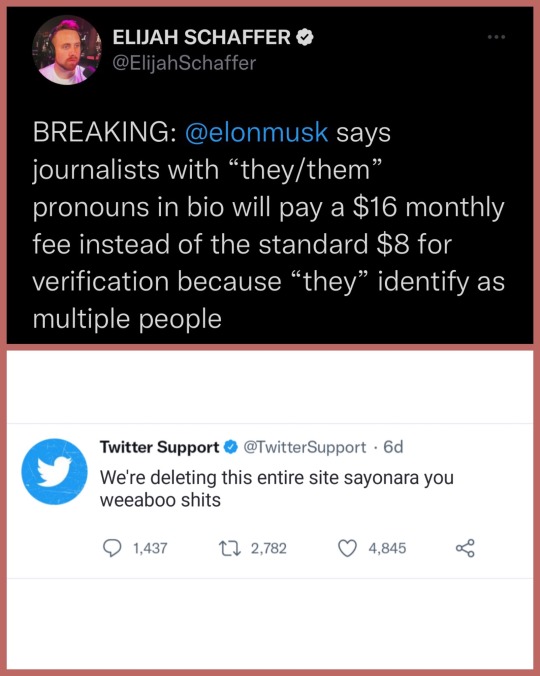
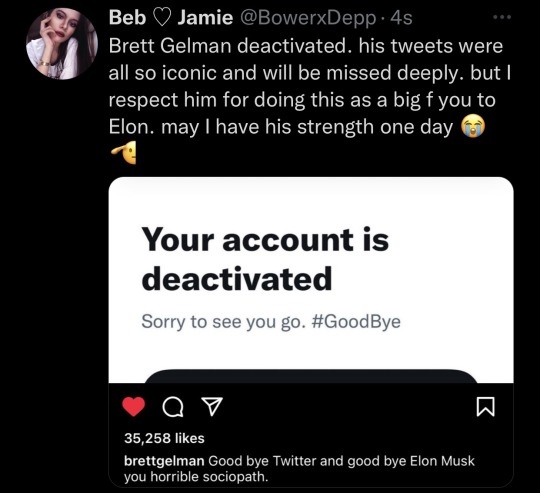
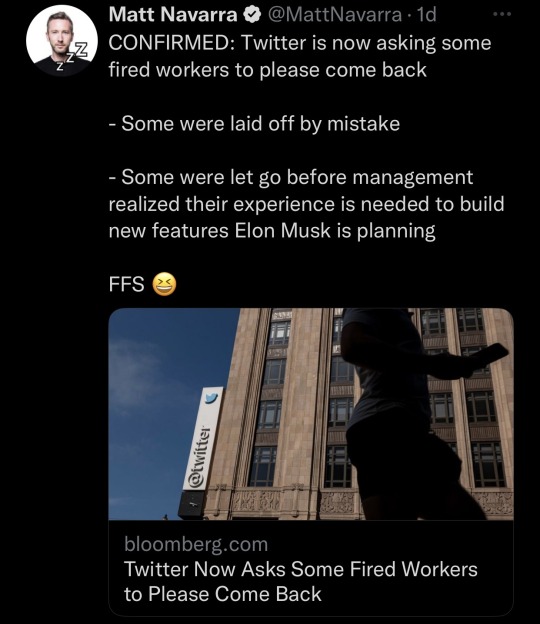
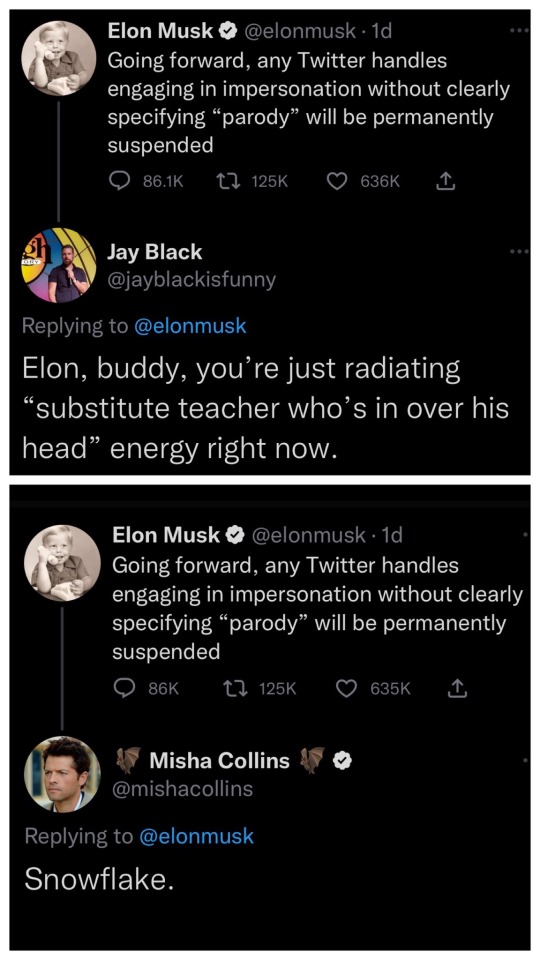
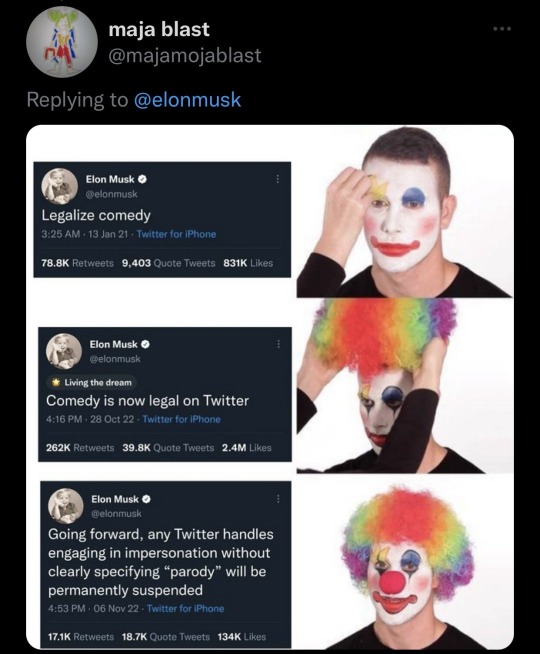
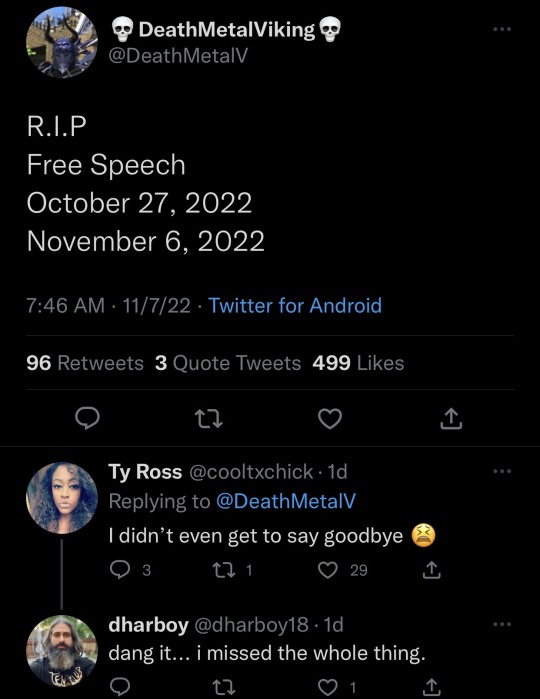


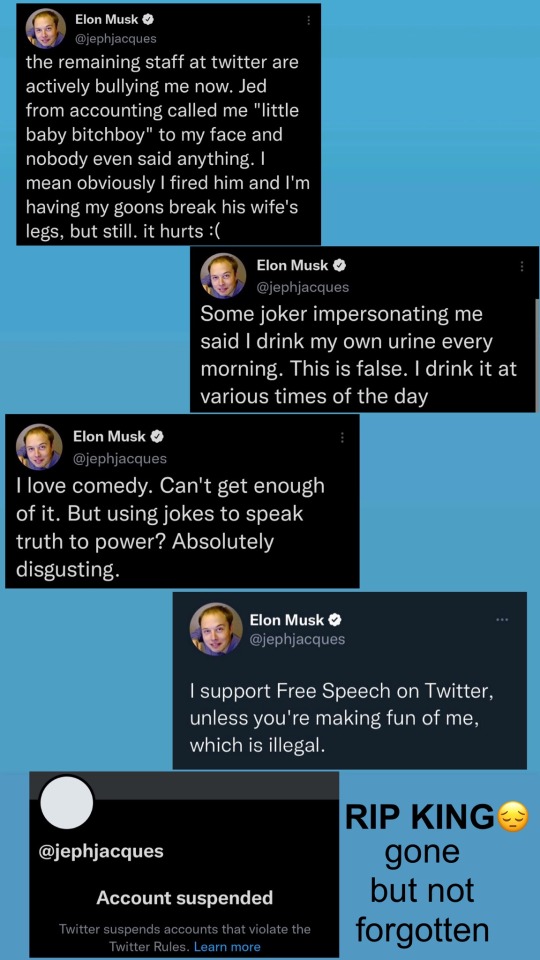
Twitter becoming a funnier, more chaotic site than Tumblr was not on my 2022 bingo card but here we are.
It’s a hellscape over there
57K notes
·
View notes
Text
Tomgreg song
11 notes
·
View notes
Text
reverse gaslighting where i pretend to know exactly what you are talking about
415K notes
·
View notes
Text

i only watch gay indie movies
676 notes
·
View notes
Text
If you had to pick, what's the ONE trait in a fictional character that makes you immediately go "oh this one's mine"
#damn wrong blog let me re-reblong this#passing out whenever an inconvenience happens#crime and punishment raskolnikov and dr frankestein
112K notes
·
View notes



